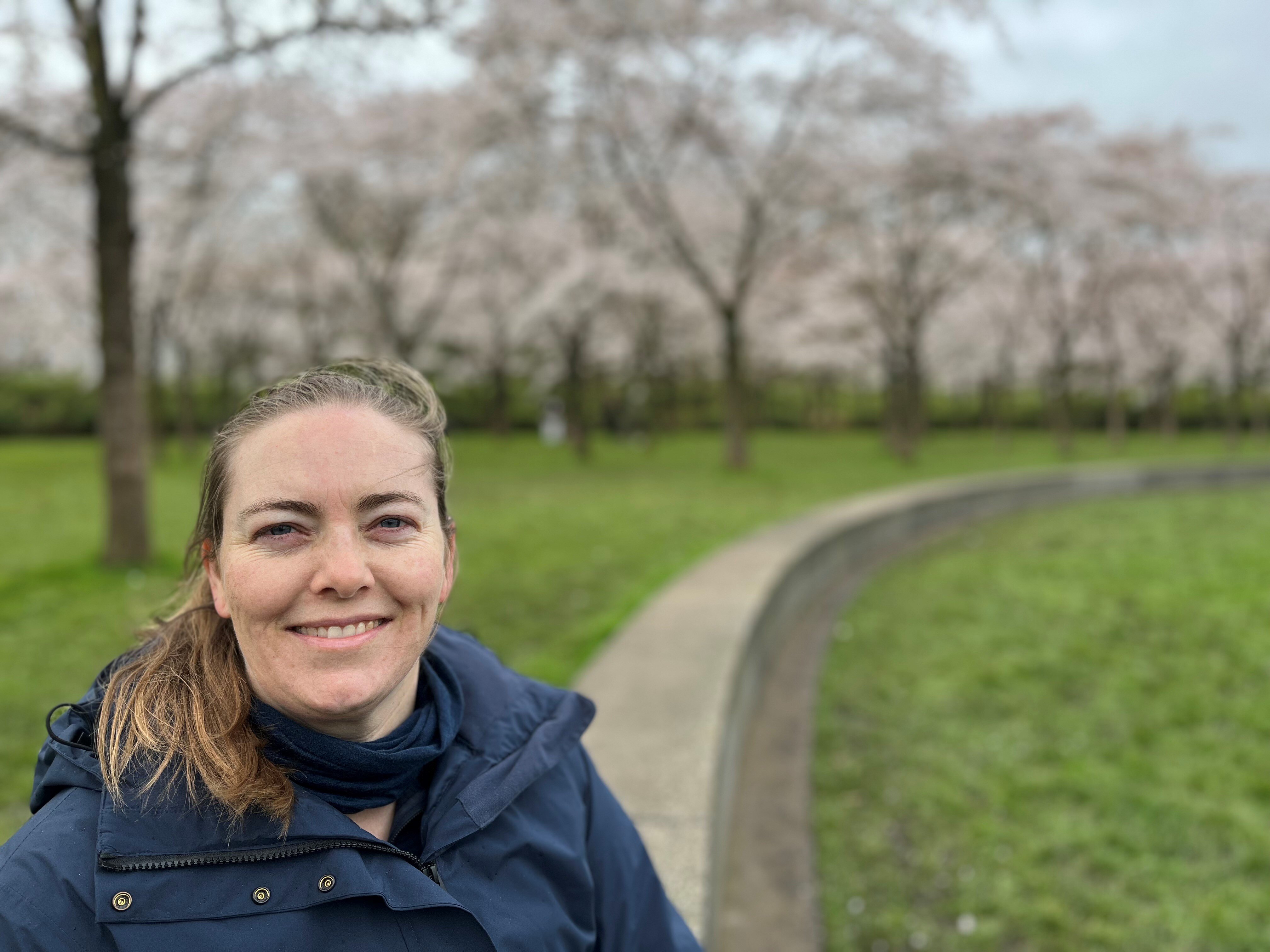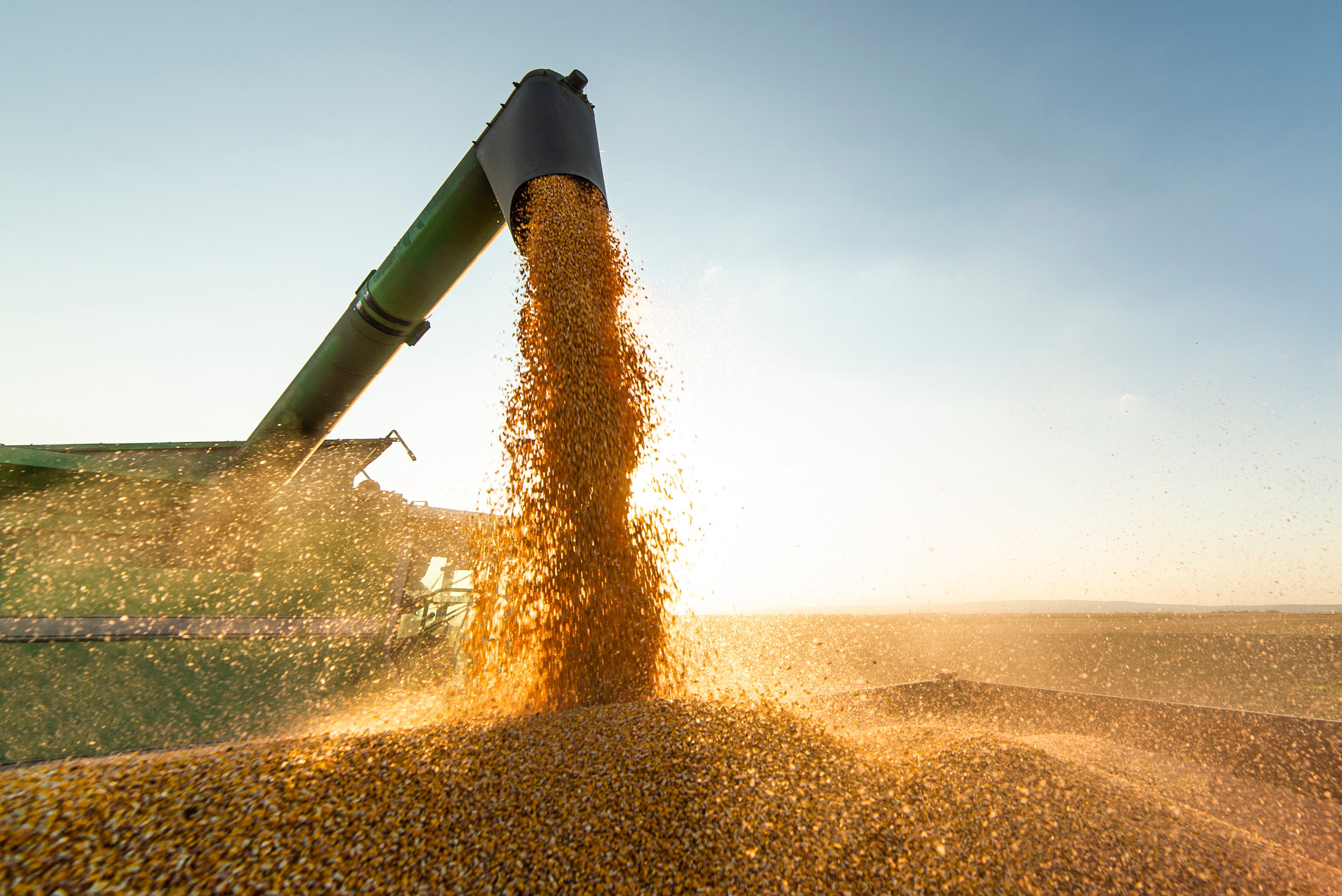In the next instalment of our series featuring sustainability leaders at Kemin EMENA, we highlight Maja Sakkers, Technical Service Manager. With a background in animal nutrition and a strong focus on sustainability, Maja is driving feed processing and safety innovation. In this interview, she shares her journey from Kemin in South Africa to her current role in Belgium, where she balances technical support and product development. Maja offers insights into how Kemin’s products help reduce waste, optimise feed quality, and tackle sustainability challenges in the animal feed industry while navigating evolving regulations and long-term solutions.

“I've been with Kemin for about ten years. Being originally from South Africa, I studied there and specialised in dairy cows. I then started my career managing feed quality at the feed mills for a pig breeding company. After working in consulting, I joined the Sub-Saharan team at Kemin, and more recently, I joined the company in Belgium. I’ve always loved animals and enjoyed learning about animal health, leading me to feed safety and processing, which I’ve found fascinating at Kemin.
I work in a technical support role, assisting sales and customers with optimising solutions, often troubleshooting specific feed mills. Staying updated on market trends and innovations is key to my role. It’s a dynamic position that covers a broad range of tasks and is never boring — there’s always something new to learn.
My years at Kemin have engrained this idea in me — that sustainability is about balance and creating something that lasts without harm. In fact, sustainability touches many areas, from a company’s employees to policies, practices, and products. At Kemin, it's about how our products help our customers find that balance by reducing excess and waste and prioritising the health and well-being of people and animals.
I also believe sustainability is about a view of the future, not a quick fix. That’s why our focus at Kemin encompasses more than short-term fixes; rather, it considers long-term solutions to make our products more sustainable. This approach and way of thinking are challenging as we must find the right balance — something with long-term sustainability benefits and economic advantage.
Adopting a long-term sustainability approach leads to greater benefits over time by improving feed quality, indirectly boosting animal performance. As part of these efforts, we’ve been working hard on Life Cycle Assessments (LCAs) for products in our three main product groups within the feed processing and feed safety platform: Sal CURB®, Myco CURB®, and KEM WET® — products that have been foundational to our market for nearly 50 years. We’re proud to have achieved all our LCA goals ahead of schedule and are now developing a smart concept for feed mills, starting with surfactants, to measure impacts across the supply chain.
By their very nature, our feed processing and safety products already offer significant sustainability advantages: Sal CURB controls salmonella, bacteria, and pathogens in feed, while Myco CURB focuses on mould inhibition, preserving feed quality and reducing waste. Myco CURB also plays a key role in grain harvesting by minimising losses. Its ‘stack effect’ means the earlier it's applied in the supply chain, the greater the impact. Treating grain at harvest can reduce or eliminate the need for energy-intensive drying, particularly in Europe, where high-moisture grain is typically dried using large ovens. This allows the grain to go straight into storage, preventing spoilage and reducing losses and environmental impact. KEM WET, a surfactant, enhances feed processing, especially in pellet manufacturing, by optimising electrical consumption and improving pellet quality.
In sustainability, it’s important to challenge traditional practices; doing things differently can bring huge benefits. For example, today’s harvesting equipment can process large volumes much faster than before, but the drying and storage processes haven’t kept pace. There’s often a bottleneck when dryers can’t keep up with the harvest, especially with the unpredictable weather we’ve been facing lately. So, treating grain with Myco CURB and putting it directly into storage eliminates this bottleneck, and this approach has significant advantages. Moreover, we know that applying heat during drying can damage heat-sensitive nutrients, affecting nutrient value. Hence, we’ve seen better animal performance with Myco CURB-treated grain.

Whilst earlier implementation of sustainable solutions in the supply chain leads to more significant impacts, some of these approaches, like Myco CURB, are slow to gain traction despite showing immense potential for large-scale sustainability improvements. Regulatory variations across regions also affect what can be implemented, so addressing these hurdles is key for long-term sustainability success. And like any innovative solution, validating results is essential — relying on just one test is never enough. Consistent testing and building up data ensures the solution is reliable and can deliver ongoing, positive results.
We can now also calculate feed's carbon footprint, which gives us and our customers valuable insights. Customers are naturally interested in scope 4 emissions or avoided emissions — how much emissions can be reduced or avoided by using a product, solution, or practice. It’s one part of the bigger picture, along with Scope 1, 2, and 3. It’s easy to oversimplify and think, “This change will lead to this result.” But in reality, many variables affect an outcome, and a single change doesn’t always give predictable results.
That’s why, at Kemin, we examine the whole concept, break it into key elements, and assess possible impacts. We try to determine a spectrum, “The result could range from here to here, with the average somewhere in between.” This gives our customers a more realistic expectation. We also provide the option for individual inputs to more accurately predict outcomes because factors like raw materials, feed mills, animals, farms, and management practices vary widely.
As technology improves, we’re getting better at measuring and modelling these variables, which is how we approach Scope 4 or any other scope. Capturing that variation takes many trials and extensive data collection but offers huge potential value.
As we refine our measurement tools and practices, our efforts are increasingly focused on aligning environmental benefits with business goals. By tailoring our approach, we ensure that solutions can work towards addressing ecological challenges and support economic viability, providing long-term value for our customers.
But we also recognise that sustainability isn’t a one-size-fits-all approach. It looks different in every region. Growing up in South Africa and now working in Belgium, I’ve seen firsthand how priorities shift depending on the context. In some places, it’s about balancing urgent needs like feeding the population, while in others, change can still be slow. That's why, at Kemin, we adapt our solutions and strategies to meet the unique challenges of each market.
The industry is constantly evolving, and we’re keeping pace through innovation and thorough testing to support these changes. With clear goals and data-driven insights, I strongly believe we’re helping change the narrative around agriculture and sustainability. It’s an exciting time to be part of this shift.”
© Kemin Industries, Inc. and its group of companies 2025 all rights reserved. ® ™ Trademarks of Kemin Industries, Inc., USA
Certain statements may not be applicable in all geographical regions. Product labeling and associated claims may differ based upon government requirements.